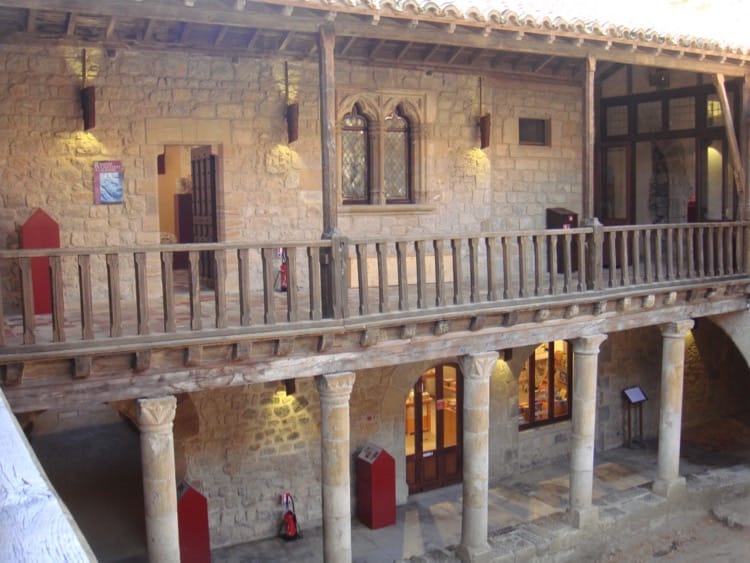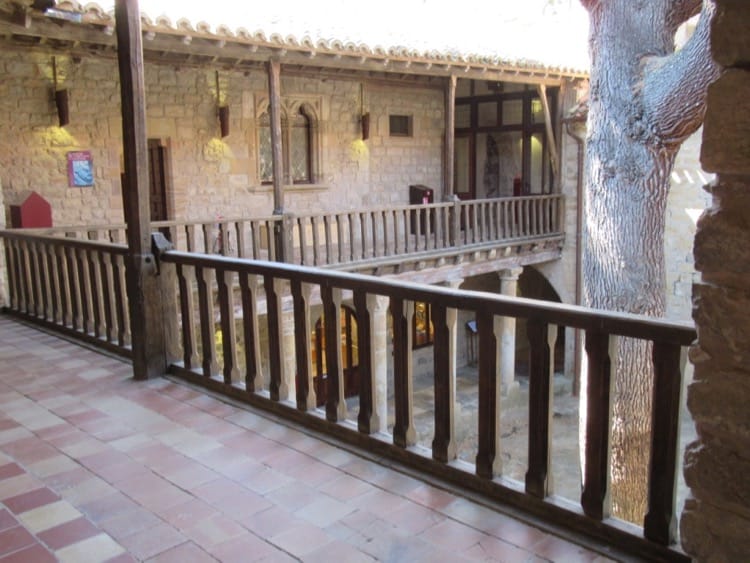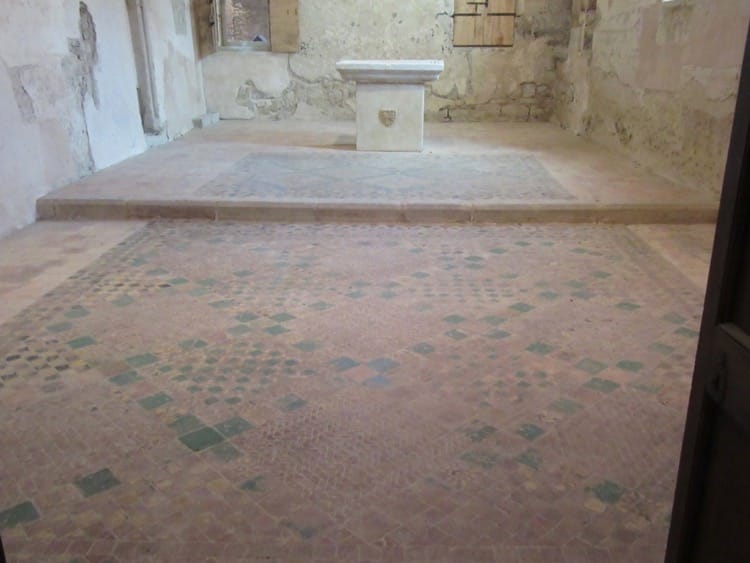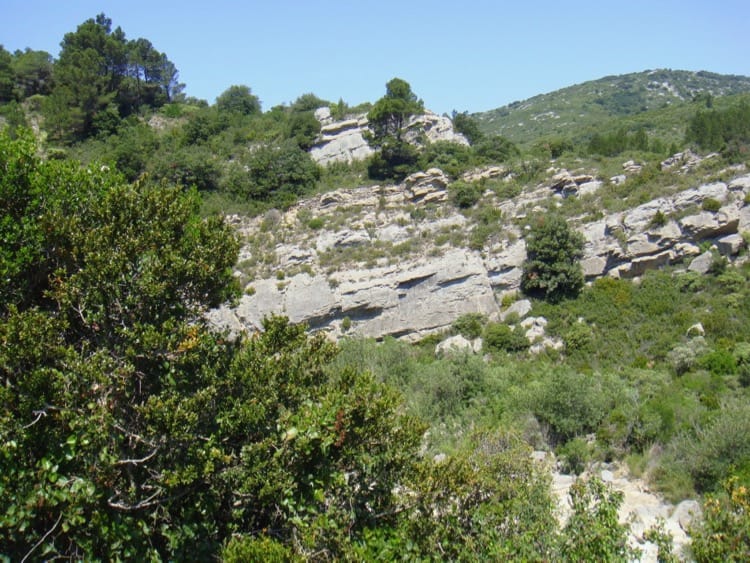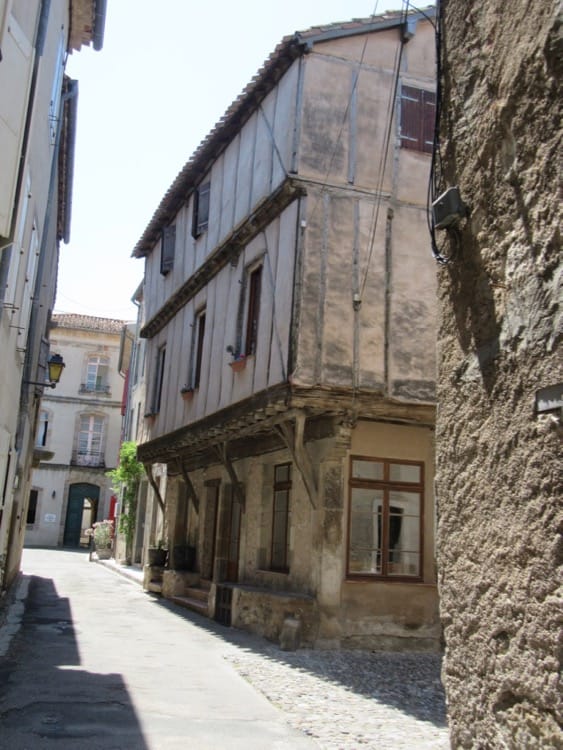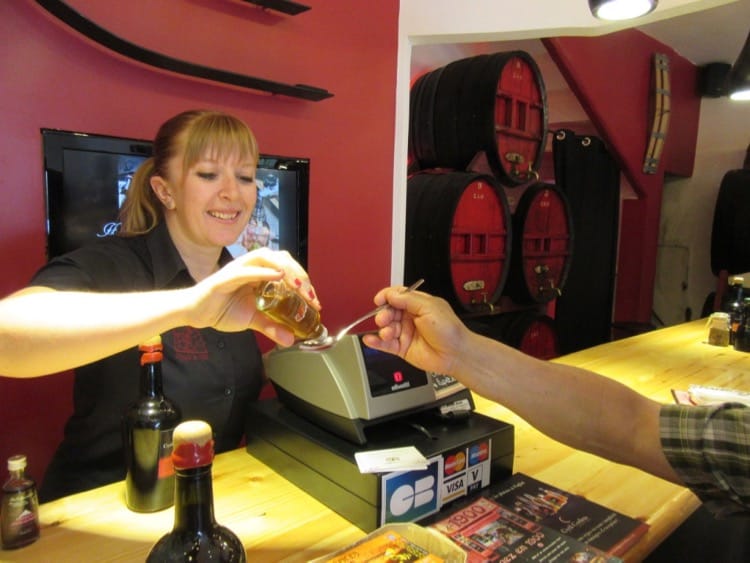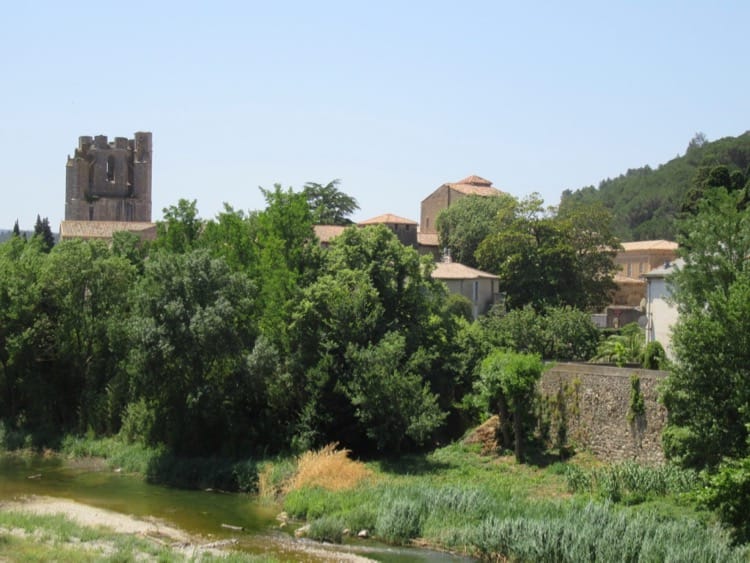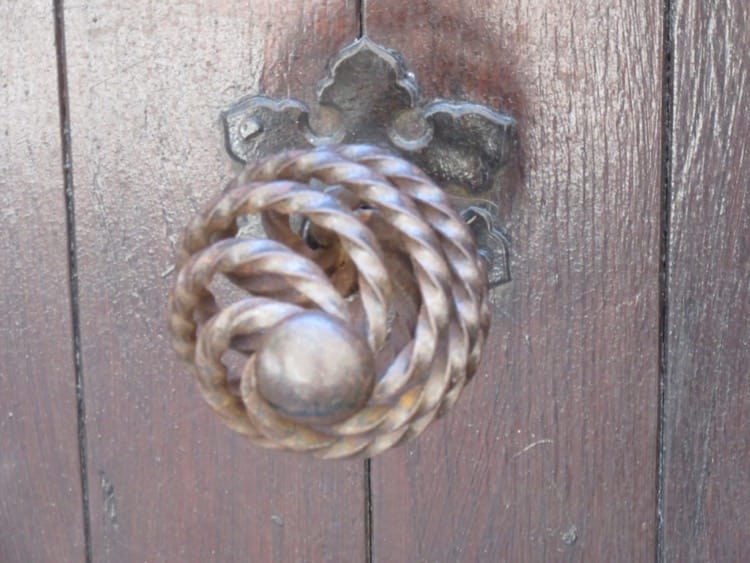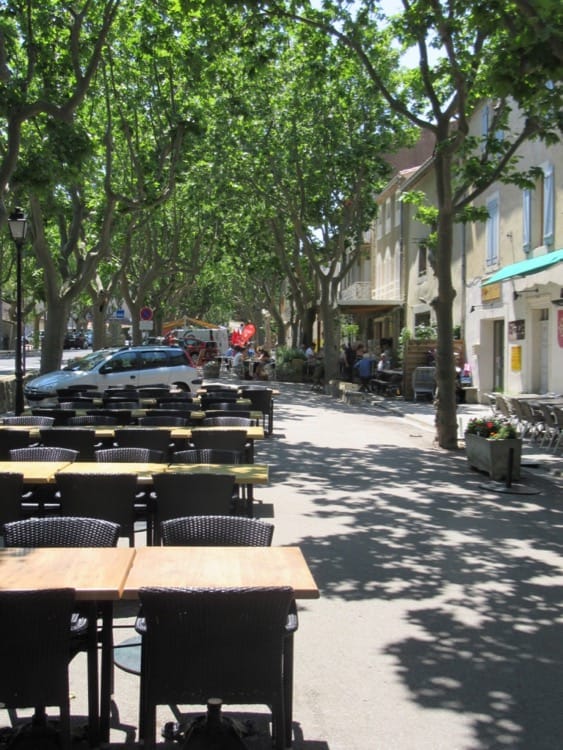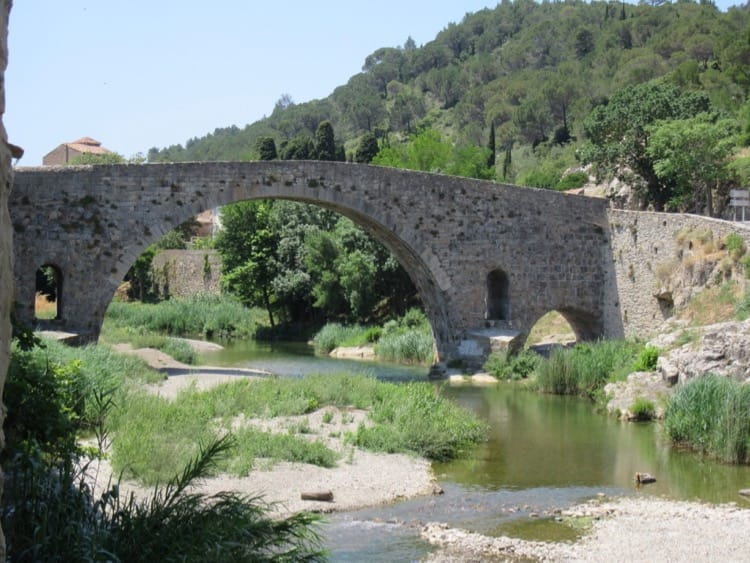by Chris Parker
Situated in the north of the Corbieres, between Narbonne and Carcassonne, the medieval village of Lagrasse offers a feast for the eyes and is full of historical and cultural interest. It is classed as one of France’s most beautiful villages. The Abbey of St Marie d’Orbieu dates from the 8th century and stands across the river Orbieu on the opposite bank from the village.

Getting there:
The simplest and quickest approach from the PO is via the A9 and A61, leaving at the exit for Lezignan.
Take D611 south towards Fabrezan and from the centre of Fabrezan take the D212 towards Lagrasse. It is possible to follow the D212 all the way to Lagrasse but the most scenic approach is via 2 gorges – the Gorge de Congoust and the Gorge d’Alsou, although these could be your route back, as an alternative.
To travel through the gorges, turn right off D212 onto D114, signed Camplong D’Aude. Travel along with Mont Alaric on your right and head into the very pretty Gorge de Congoust. The road is narrow and the scenery dramatic. The Roman name for the gorge was “co angustum” meaning “strangled way of fear”, but it is quite safe and is a very pretty place for a picnic. The river bed is littered with huge rocks from the flanks of Alaric following centuries of erosion.
Gorge de Congoust and Alsou
Emerge at the pretty village of Montlaur and join D3 in direction of Lagrasse. Pass through the Gorges d’Alsou, named after the river which meets the Orbieu near Lagrasse. The gorge is wooded and perhaps holds less drama than Congoust.
Parking at the village:
Arrive at Lagrasse, cross bridge to park on left of road (P2). From P2 one can walk directly into the pretty village under the new bridge and soon find the ancient 13th century bridge on your right. Lagrasse has 2 large car parks for visitors, one at entrance from D212 and this one at entrance from D3. From the D212 access is directly to the main street on the edge of the village.
Lagrasse: the village
The heart of Lagrasse is medieval with some fascinating buildings, including La Halle. It is very unspoiled and various craft shops are discretely part of the housing and street ambiance.
Wandering the streets there is a feeling of life undisturbed for centuries. By the river and in various other places, is evidence of the ancient fortifications of the village.
Cross the gué (ford) to visit the ancient Abbey of St Marie d’Orbieu. Entrance is 4 euros. A café and library are available here. (Supplement of 4 euros to visit the other part which does not belong to the Département – Canon’s section with cloisters and monastic gardens. This part is an active monastery where you are welcome to join Mass or Vespers.)
Remnants of the older parts of the Abbey include some examples of the work of the Maître de Cabestany
Apart from the café by the river, the main places for refreshment are on the D3 road which skirts the village. On your way there find the 14th century gothic church of Saint Michel nestled amid the houses and the very informative tourist office in its shadow, holding examples of restored medieval painted wood.
Also on the main road find the fascinating 1900 museum and vinaigrie and the more traditional Vinaigrie of Cyril Codina. Tasting is essential! There is an amazing selection of vinegars, balsamics and wine flavoured with unusual tastes such as pepper from Nepal, raspberry (super on salads!), apricot, honey and a range of herbs.
There is plenty to occupy you in the village and Abbey but if you are too hot and want to cool off, just cross the gué, turn left and go to the river beach for a swim in the river Orbieu!
Have a great day out!

